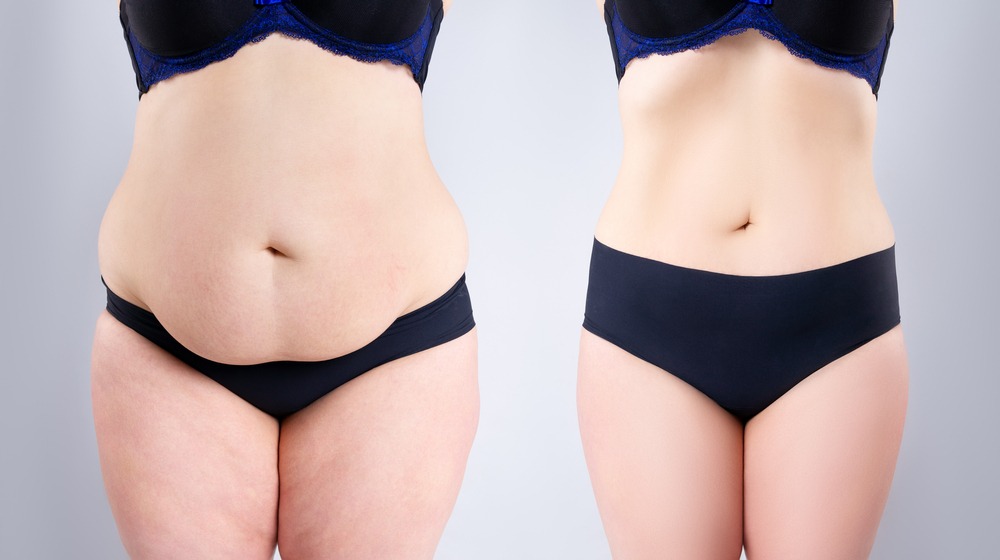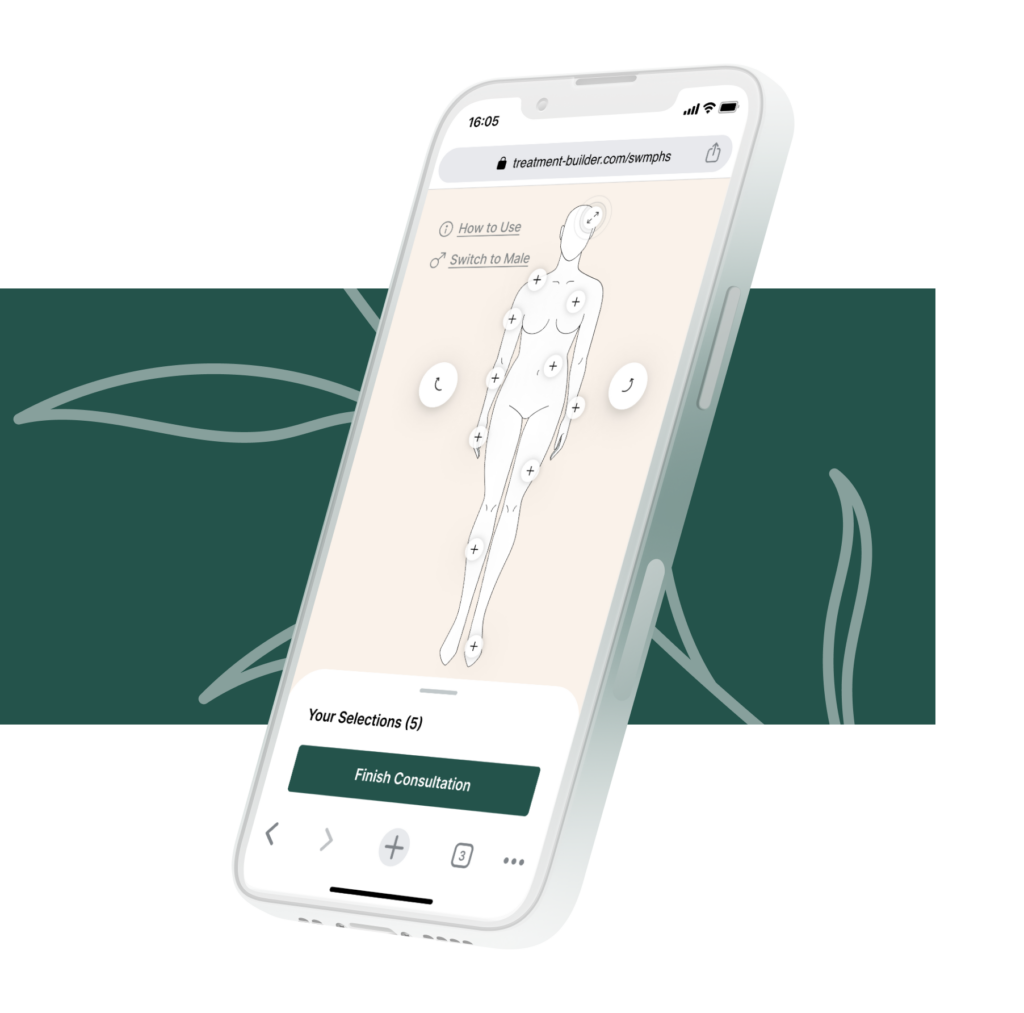
Sleep Tight: A Comprehensive Guide to Sleeping After Tummy Tuck Surgery
In the world of body contouring, the tummy tucks procedure — which is clinically known as abdominoplasty — is quite popular. But what is a tummy tuck exactly? It’s a surgical procedure that involves removing excess skin and fat from the abdomen while firming up the muscles of the abdominal wall for a tighter and more toned look.
A tummy tuck can help you achieve major improvements in the appearance of your abdomen, especially if you have a belly that tends to sag or protrude. But in order to have a smooth recovery after surgery, it’s important that you get high-quality sleep. Here’s a comprehensive guide from the experts at Southwest Michigan Plastic and Hand Surgery to sleeping after tummy tuck surgery.
What Is a Tummy Tuck?
To understand the significance of sleep and your tummy tuck, it helps to first have a solid grasp of what the procedure involves. During the surgery, we make a horizontal incision on your abdomen, located between your belly button and pubic area. Through this incision, we can access the weakened abdominal muscles and repair them while removing excess skin, fat, and other tissue.
Tummy tuck surgery requires a dedicated recovery period of at least a minimum of two weeks for initial recovery. And sleeping after a tummy tuck is one of the most crucial things you’ll do for your body during this time.
Why Sleep Is So Important for Tummy Tuck Recovery
Your body does most of its healing during sleep, which is why sleeping after a tummy tuck is so critical. Without proper sleep, your tummy tuck recovery may take longer than it should. But you may find it challenging to sleep comfortably after abdominoplasty due to the need to protect your incisions from unnecessary pressure.
Practical Tips for Sleeping After a Tummy Tuck
Elevate Your Knees and Upper Body
One of the most effective ways to set yourself up for comfortable sleep after a tummy tuck is to elevate your knees and upper body. The rationale is that this position can help reduce tension on your abdominal incision. This elevation can also help decrease swelling by promoting better circulation overall.
To do this, you can use pillows or wedge-shaped foam. Before you get your tummy tuck, make sure you have these items on hand. Placing a few pillows under your head, upper back, and knees allows for a slight yet comfortable bend at the hips.
Sleep on Your Back
Sleeping on your back is likely going to be the safest position for your incisions after a tummy tuck procedure. This position keeps pressure off your abdomen, which allows your incisions to heal without interference.
You might find maintaining this position difficult if you prefer sleeping on your stomach, but it’s worth the effort. Try using body pillows on either side of you to help prevent yourself from accidentally turning over in your sleep.
Try Sleeping in a Recliner
You don’t need to go out and buy a recliner before your tummy tuck, but if you have one at home, it can be a great tool to help you sleep during tummy tuck recovery. Recliners naturally support the back and elevate the knees, which can be a more comfortable alternative than trying to pad your bed with pillows and foam.
Maintaining Healthy Sleep Habits After a Tummy Tuck
Focusing on establishing healthy sleep habits is key to ensuring you receive proper rest during abdominoplasty recovery.
Establish a Sleep Schedule
Following a regular sleep schedule will help your body adjust to sleeping after a tummy tuck procedure despite any limitations in position. To do this, try going to bed and waking up at the same time each day, even on the weekends. By doing so consistently, you will help your body’s internal clock regulate, which improves the quality of your sleep.
Create a Restful Environment
It’s hard for anyone to sleep in an environment that isn’t restful and relaxing. Your sleep environment plays a big role in how well you sleep. You should keep your room dark and quiet and sleep at a comfortable temperature. If you’re sensitive to light or noise, consider using a blackout curtain, sleep mask, or earplugs.
Limit Naps
Napping certainly sounds appealing, especially during recovery. But you should try to limit your daytime sleep so it doesn’t interfere with how you sleep at night. To limit naps during tummy tuck recovery, plan for activities you enjoy that you may not otherwise have time for. For example, catch up on the newest season of your favorite show, binge-watch a movie marathon, or start an exciting new book series.
Get Up and Move Regularly
Exercise can promote a more restful night’s sleep. Although you might not feel like getting up and moving around, it’s vital that you try to move periodically. Taking short, gentle walks around your home can help:
- Stimulate blood flow
- Prevent blood clots
- Promote healing
Note that short, gentle walks do not mean strenuous activity or heavy lifting. You should avoid these until we clear you for such movements. Every client’s recovery from abdominoplasty is a unique journey. We provide you with specific post-operative instructions to help you recover best according to your body.
Quality Sleep to Support Your Tummy Tuck Recovery
Sleeping after any surgery can be a challenge, and a tummy tuck is no different. But with the right strategies and preparation, you can get the quality sleep you need for your body to heal. At Southwest Michigan Plastic and Hand Surgery, we take pride in helping clients in Portage, MI, achieve their aesthetic goals with professionally tailored treatment plans. To get started on your tummy tuck surgery journey, contact us for a consultation today.


